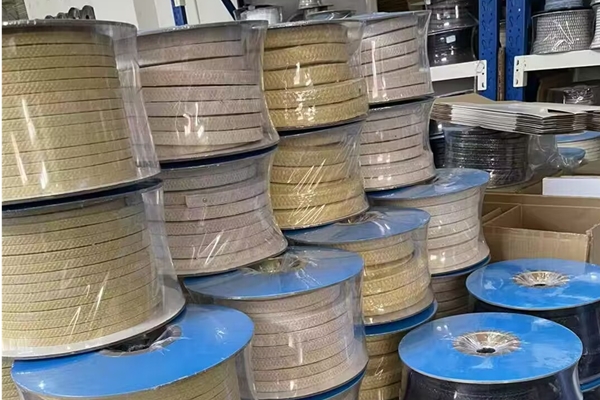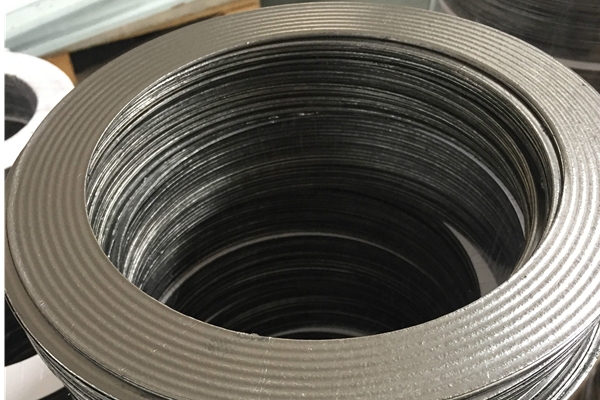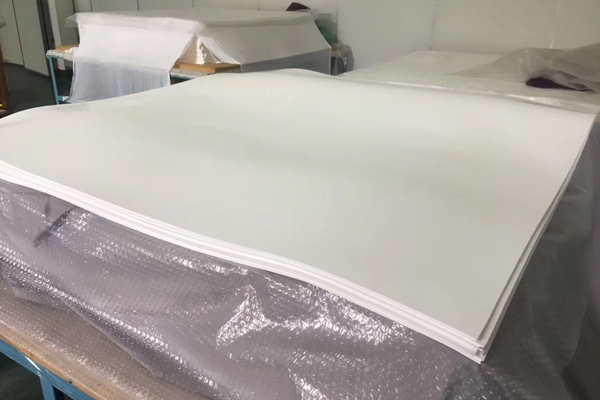PTFE has the advantages of heat resistance, insulation, chemical resistance, and friction resistance. It also has the disadvantages of insufficient wear resistance and creep properties. These shortcomings can cause damage to shaft bearings and load-bearing components. Adding fillers to polytetrafluoroethylene can solve this problem.
Filler-added polytetrafluoroethylene has modified properties such as wear resistance, creep resistance, and thermal conductivity. According to research, filled PTFE has about 1000 times the wear resistance, twice the thermal conductivity, and twice the creep performance. The filling of PTFE should be decided according to the work to be done.
1. Benefits of PTFE and filler
PTFE has different types of fillers, such as glass microspheres, silicate/quartz, barium sulfate, graphite or carbon, stainless steel, etc. The various benefits of PTFE and fillers are:
- Temperature resistance 200℃~260℃.
- In addition to being used with certain fluorine compounds and liquid alkali metals, filled PTFE can also provide good media resistance.
- It can work continuously up to 260°C without causing any physical damage.
- It complies with the Federal Food, Drug, and Cosmetic Act.
- It follows European and Asian food use regulations.
- Thereis no aging or UV damage to this material.
- It will not become brittle.
- It has non-stick properties.
- It has a non-stick surface.
- It meets TA-Luft 2002 [VDI 2440/2200] leakage requirements.
- It has strong electrical properties.
2. Application of PTFE and filler
Because of its flexibility, it has a wide range of application prospects. The glass microspheres are blue. They are compressible and can be applied to glass-lined pipes.
The silicate/quartz filler is in the form of brown flakes. It has a standard density and can be used for steel or stainless steel pipes and vessels. The barium sulfate filler sheet is white in color and high in density. It is suitable for steel and stainless steel pipes in the pharmaceutical, food and other industries. Some other applications include:
- It can use a design with inner holes because it increases the resistance to blowing out.
- It has a wide range of applications in the chemical, petrochemical and other industries.
- It can also be used safely in the pharmaceutical production and food sectors.
- Non-metallic gaskets can be used for container flanges, equipment flanges, pipeline flanges, valves, pumps and other components.
- It can also be used for oxygen applications, but the packing needs to be arranged according to the task.
3. Conclusion
Filled PTFE is stronger and more reliable than pure PTFE. It has stronger abrasion resistance and creep resistance than pure PTFE.
It can work continuously at high temperature without causing any damage. It is suitable for industries such as pharmaceutical, food, chemical, petrochemical, etc.




